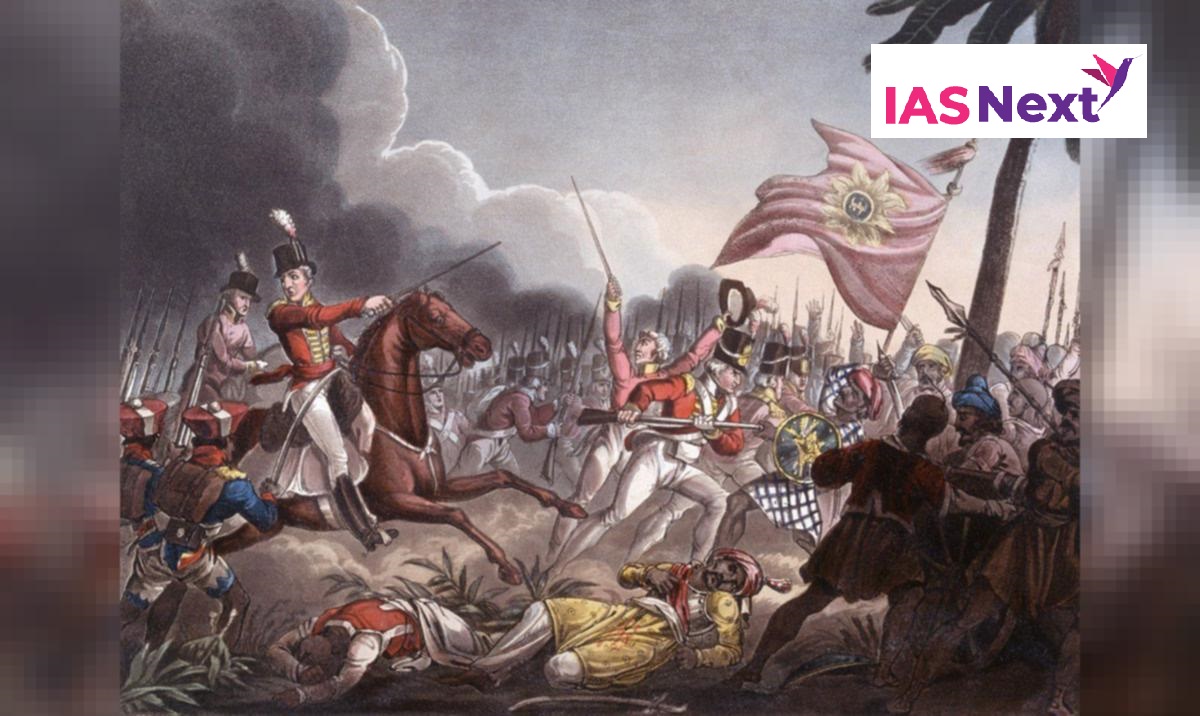CURRENT AFFAIRS
Get the most updated and recent current affair content on Padhaikaro.com
Bhima- Koregaon battle
- IAS NEXT, Lucknow
- 02, May 2022

Reference News:-
NCP president Sharad Pawar recently filed an additional affidavit before the Koregaon Bhima inquiry commission to suggest “legal reforms” that include:
- “Repeal” of Section 124A of Indian Penal Code (offence of sedition).
- Reintroduction of Section 66A of the Information Technology Act.
Need for:
This is necessary to ensure law enforcement agencies can maintain law and order and prevent riots.
Misuse of Section 124A:
Section 124A is “often misused against people who criticise the government, suppressing their liberty, and tends to stifle any voice of dissent raised in a peaceful and democratic way”.
Koregaon Bhima: Commission of Inquiry:
The two-member commission, headed by retired high court justice J N Patel with former chief secretary Sumit Malik as the other member, was constituted by the state government on February 9, 2018, to inquire into the “exact sequence” of events that led to violence on the 200th anniversary of Battle of Koregaon Bhima on January 1 that year.
About the Bhima- Koregaon battle:
- A battle was fought in Bhima Koregaon, a district in Pune with a strong historical Dalit connection, between the Peshwa forces and the British on January 1, 1818.
- The British army, which comprised mainly of Dalit soldiers, fought the upper caste-dominated Peshwa army. The British troops defeated the Peshwa army.
Outcomes of the battle:
- The victory was seen as a win against caste-based discrimination and oppression. Peshwas were notorious for their oppression and persecution of Mahar dalits. The victory in the battle over Peshwas gave dalits a moral victory a victory against caste-based discrimination and oppression and sense of identity.
- However, the divide and rule policy of the British created multiple fissures in Indian society which is even visible today in the way of excessive caste and religious discrimination which needs to be checked keeping in mind the tenets of the Constitution.
Why Bhima Koregaon is seen as a Dalit symbol?
- The battle has come to be seen as a symbol of Dalit pride because a large number of soldiers in the Company force were the Mahar Dalits. Since the Peshwas, who were Brahmins, were seen as oppressors of Dalits, the victory of the Mahar soldiers over the the Peshwa force is seen as Dalit assertion.
- On 1 January 1927, B.R. Ambedkar visited the memorial obelisk erected on the spot which bears the names of the dead including nearly two dozen Mahar soldiers. The men who fought in the battle of Koregaon were the Mahars, and the Mahars are Untouchables.